Oedipus at Colonus (Audio)
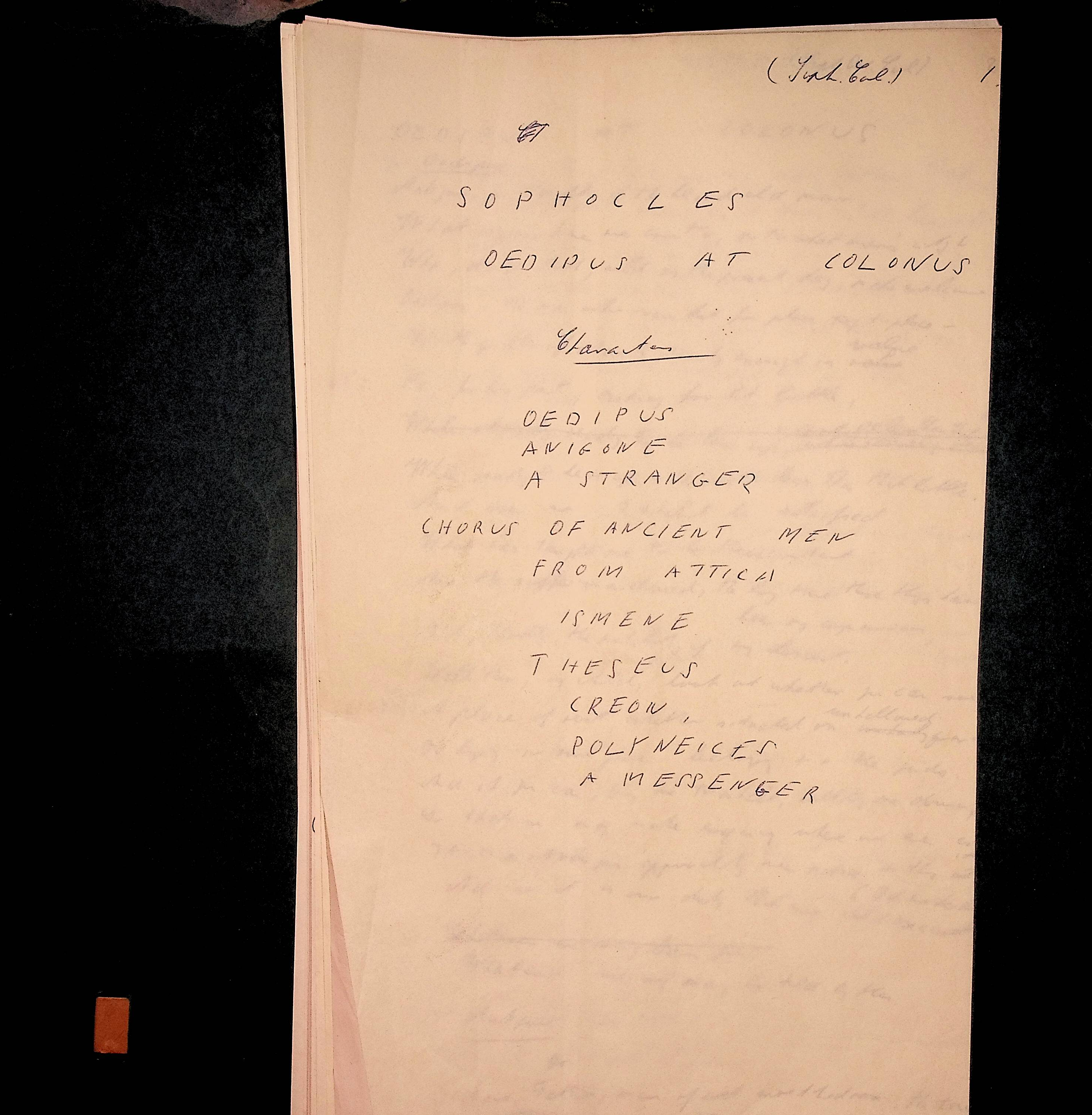
CASSIRER’s Sophocles
The full text of Cassirer’s translation of Sophocles’ Oedipus at Colonus was published on Hine's Cassirer in May 2020 in preparation for an audio production. The text is now available in a second edition as part of the Digital Cassirer Collection, together with information about that production.
Visitors are encouraged to listen to the play and view (below) the companion images produced as part of a 2020 Festival of the Mind collaboration.
Listen to Cassirer's play
A ten-part audio recording of Cassirer's Oedipus at Colonus is now available to listen via SoundCloud (see below), with a short introduction from Dr Iona Hine.
Total play-time: 2 hours 35 minutes.
The collection is also available from the University of Sheffield's Festival of the Mind website.
On Thursday 24th September, the Festival team hosted a discussion about the process of making this recording, and what it feels like to work with two different texts of the same Greek play.
View the artwork (gallery)

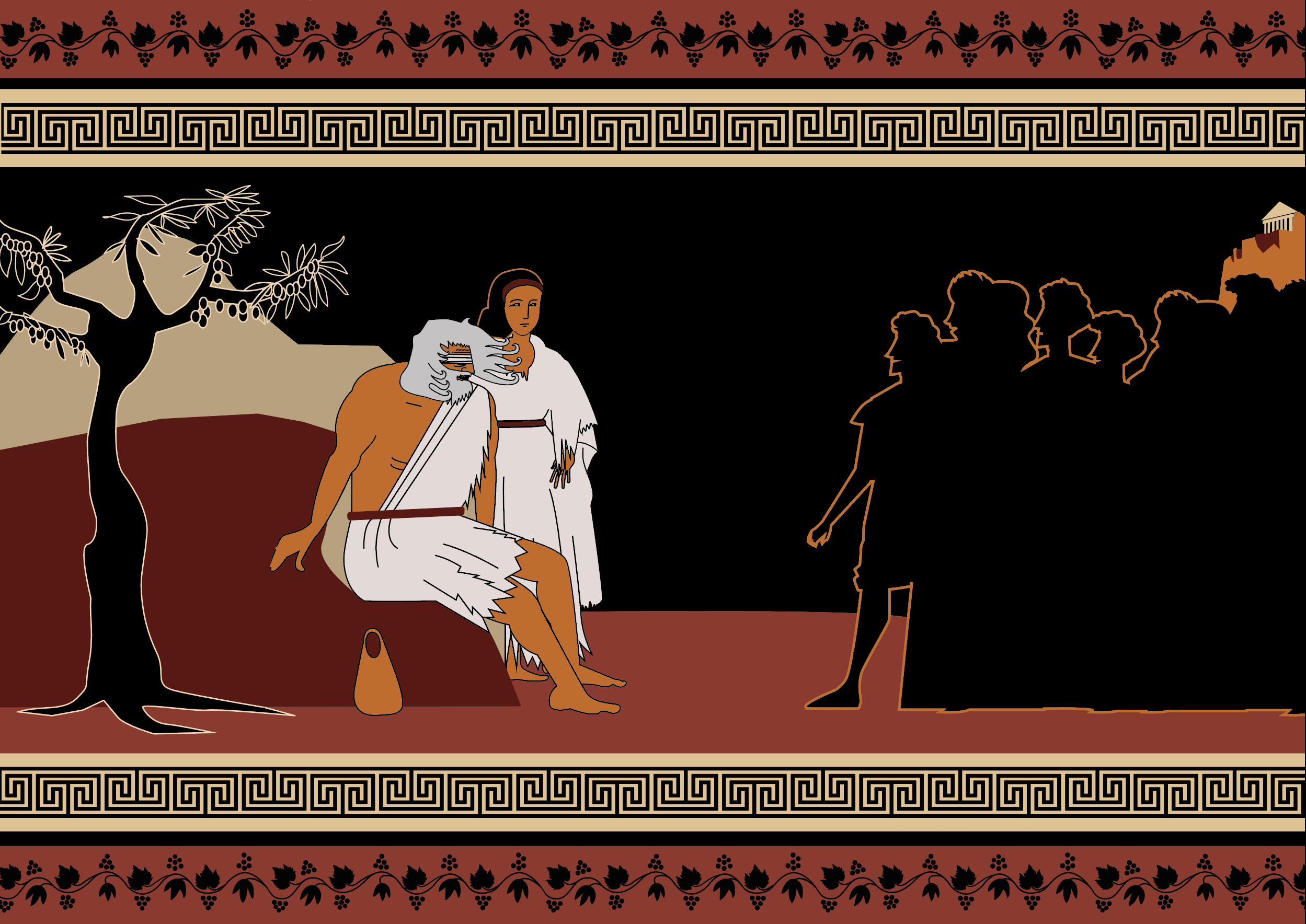
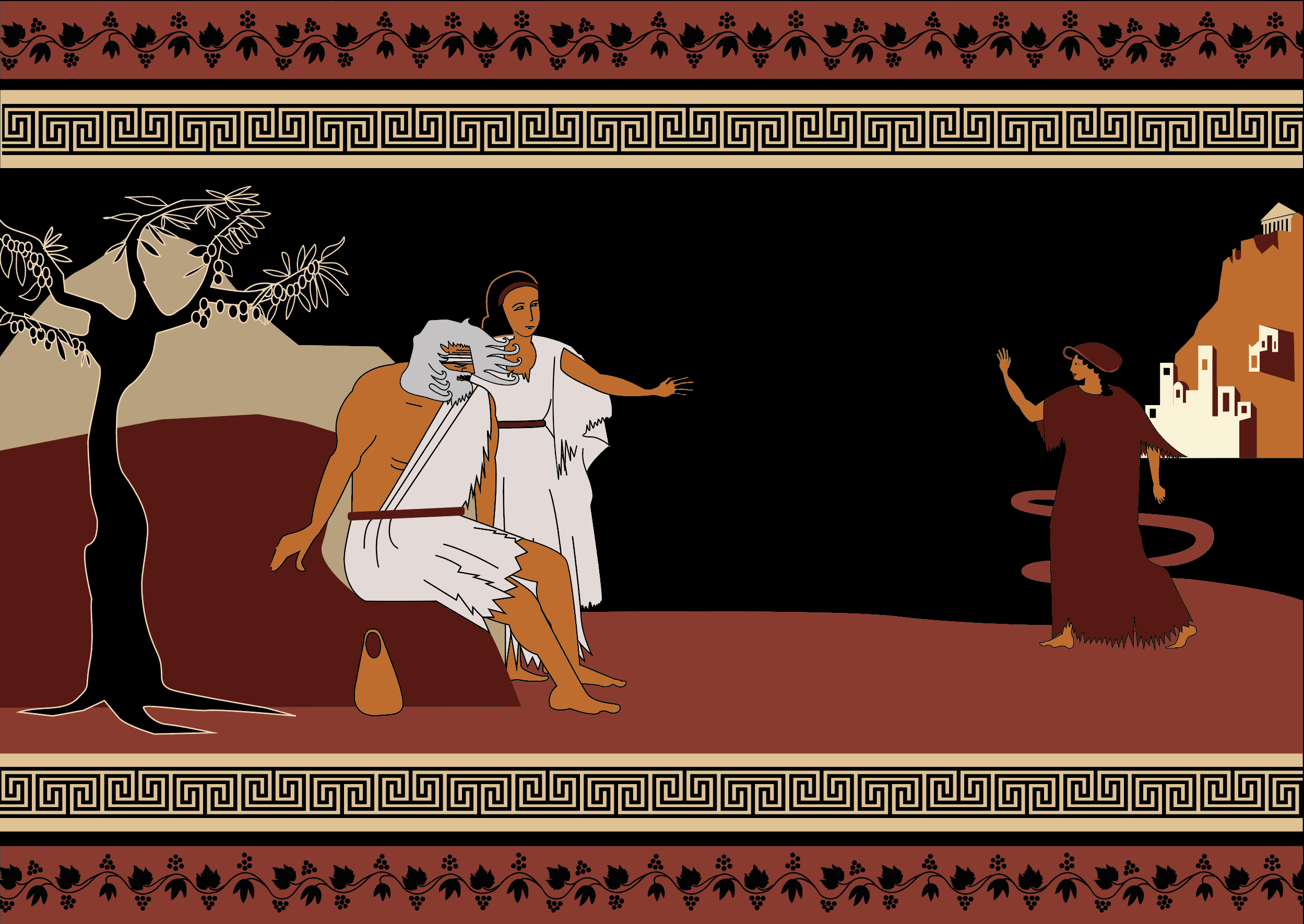
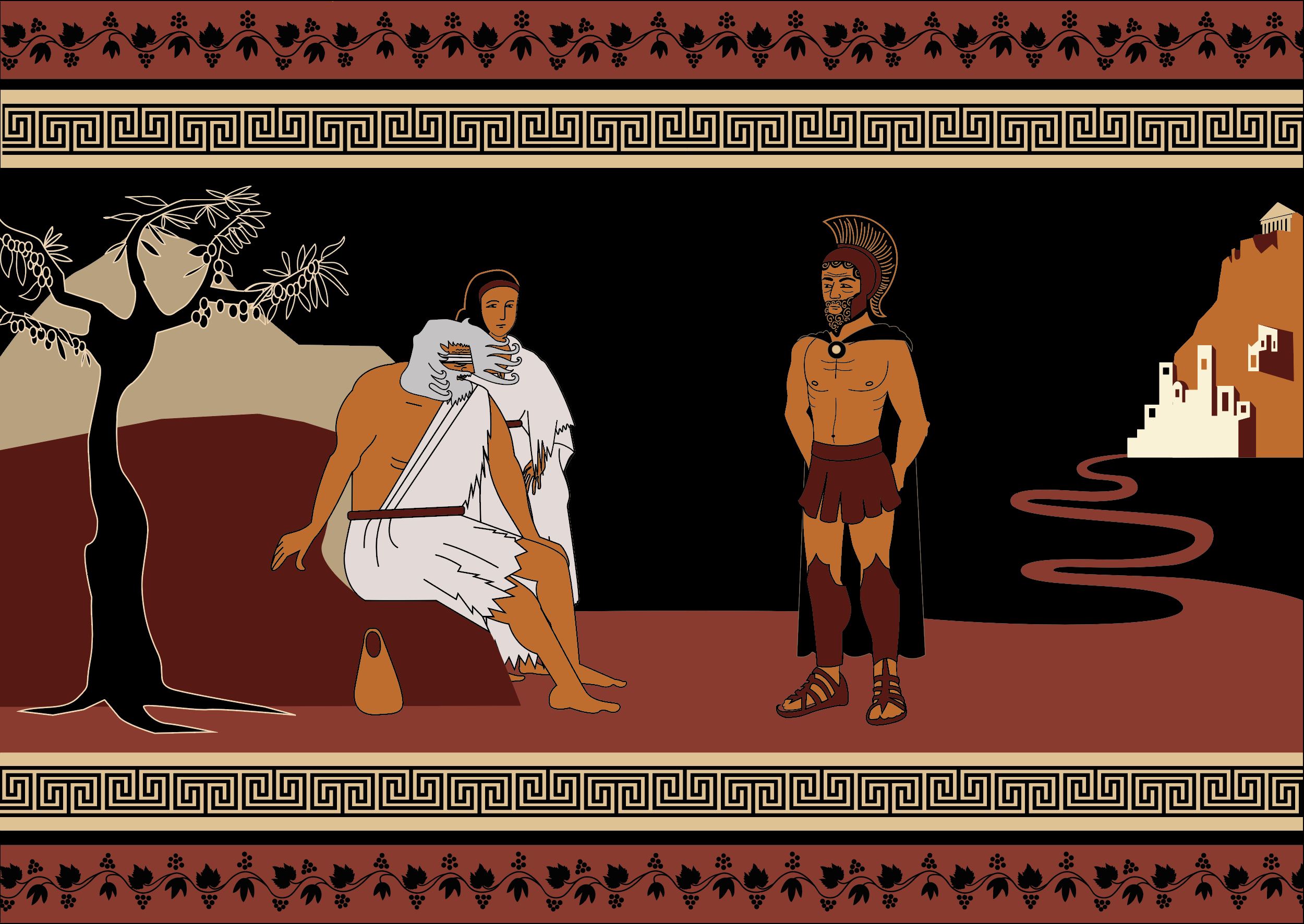
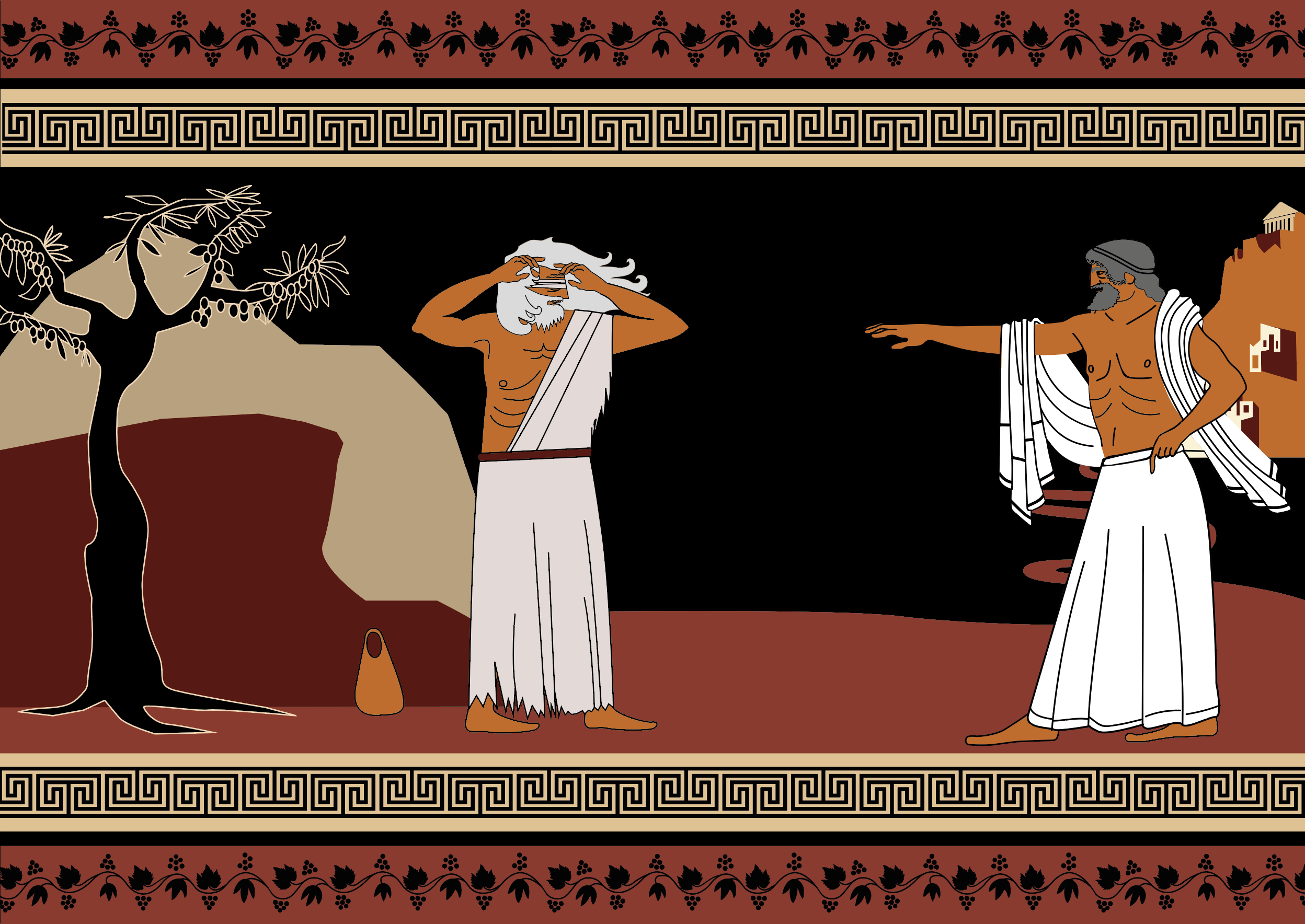

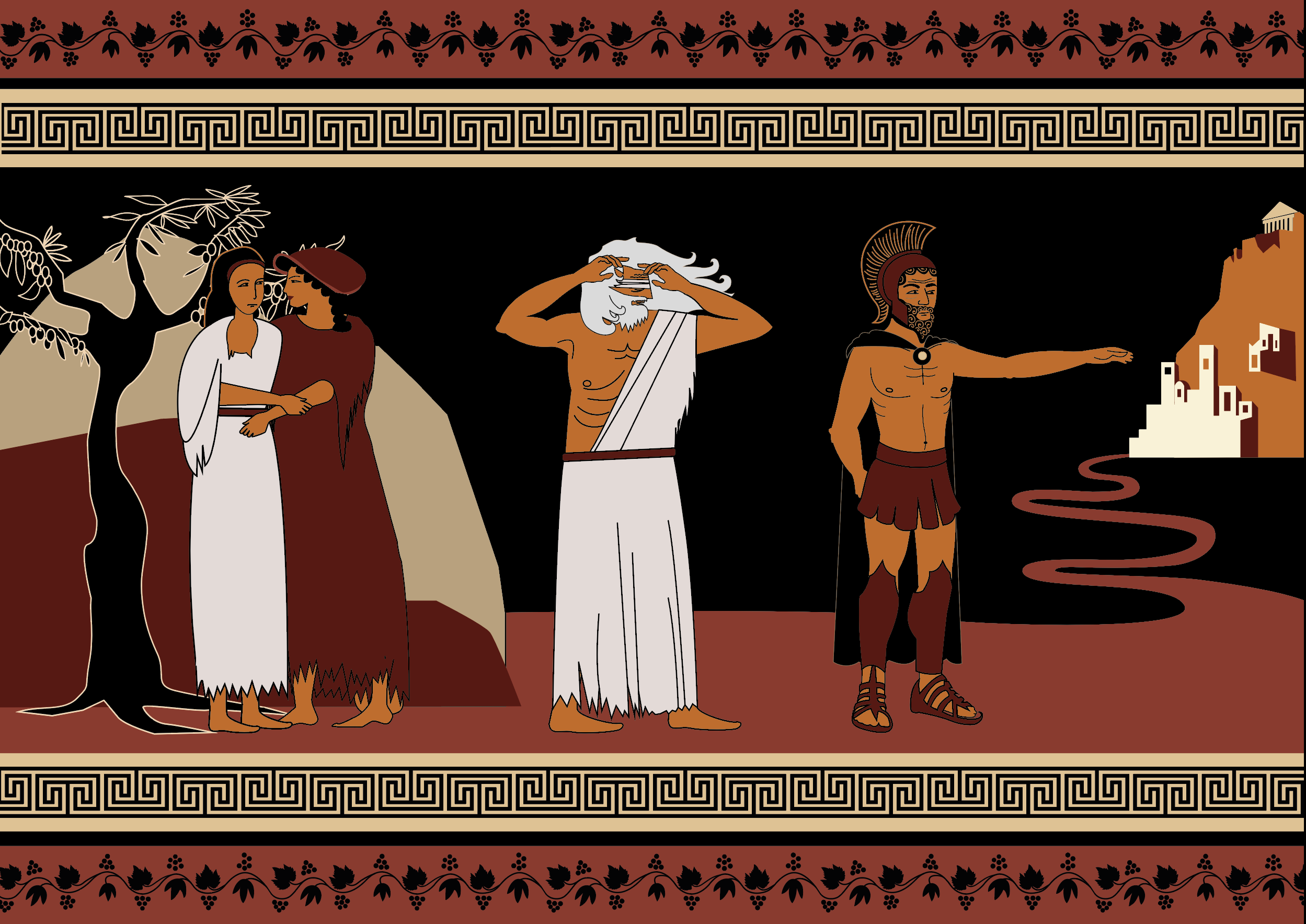
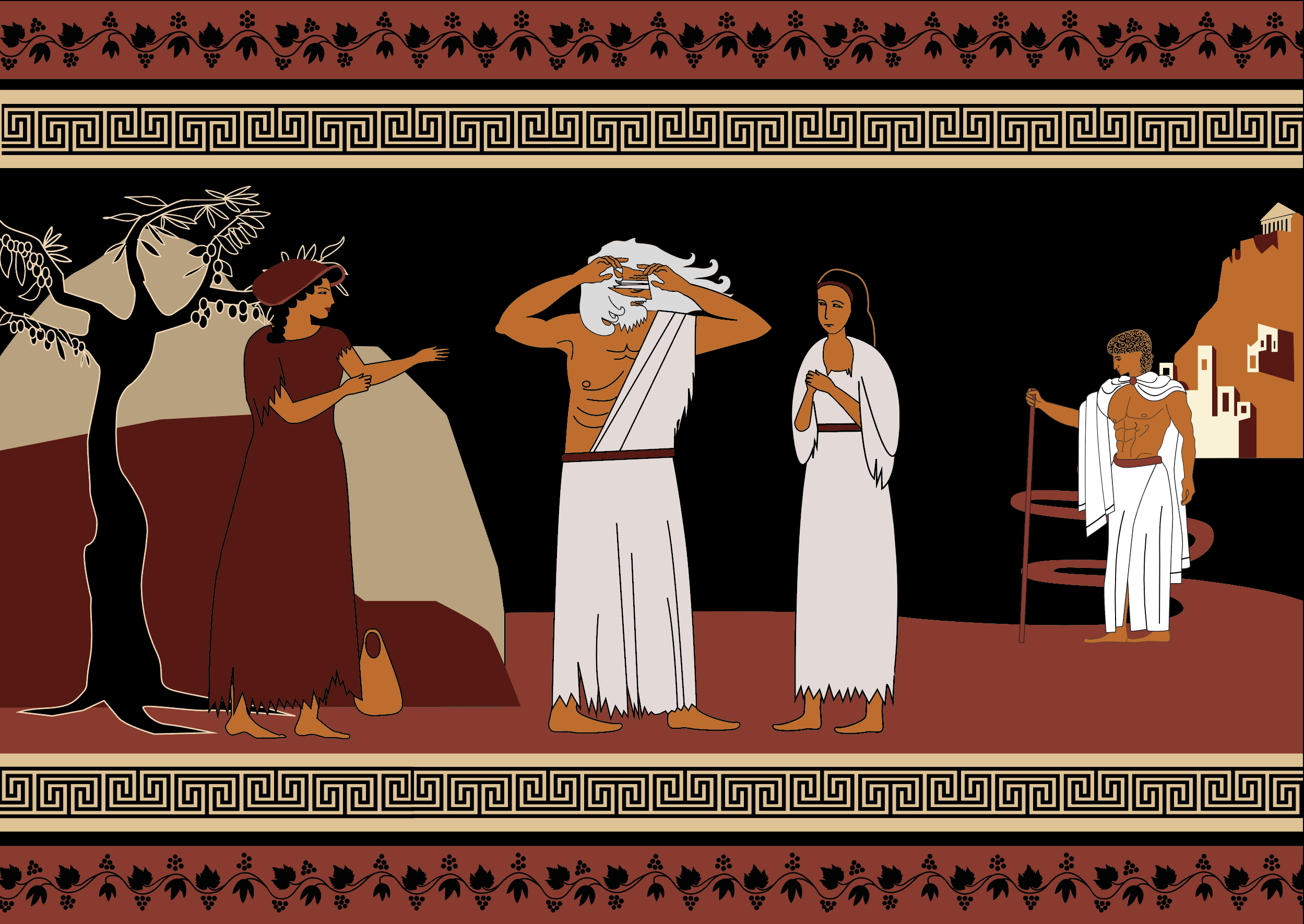
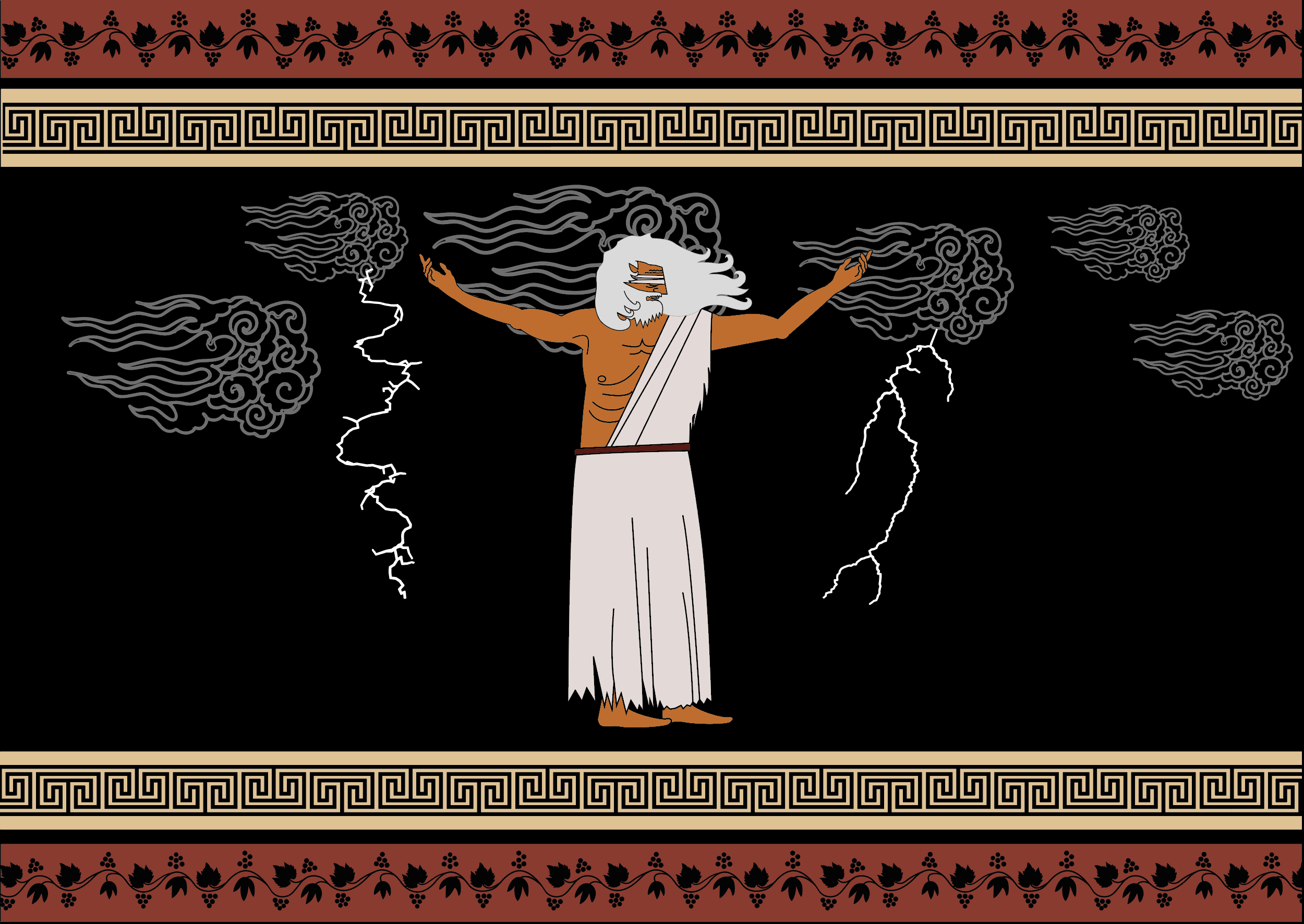
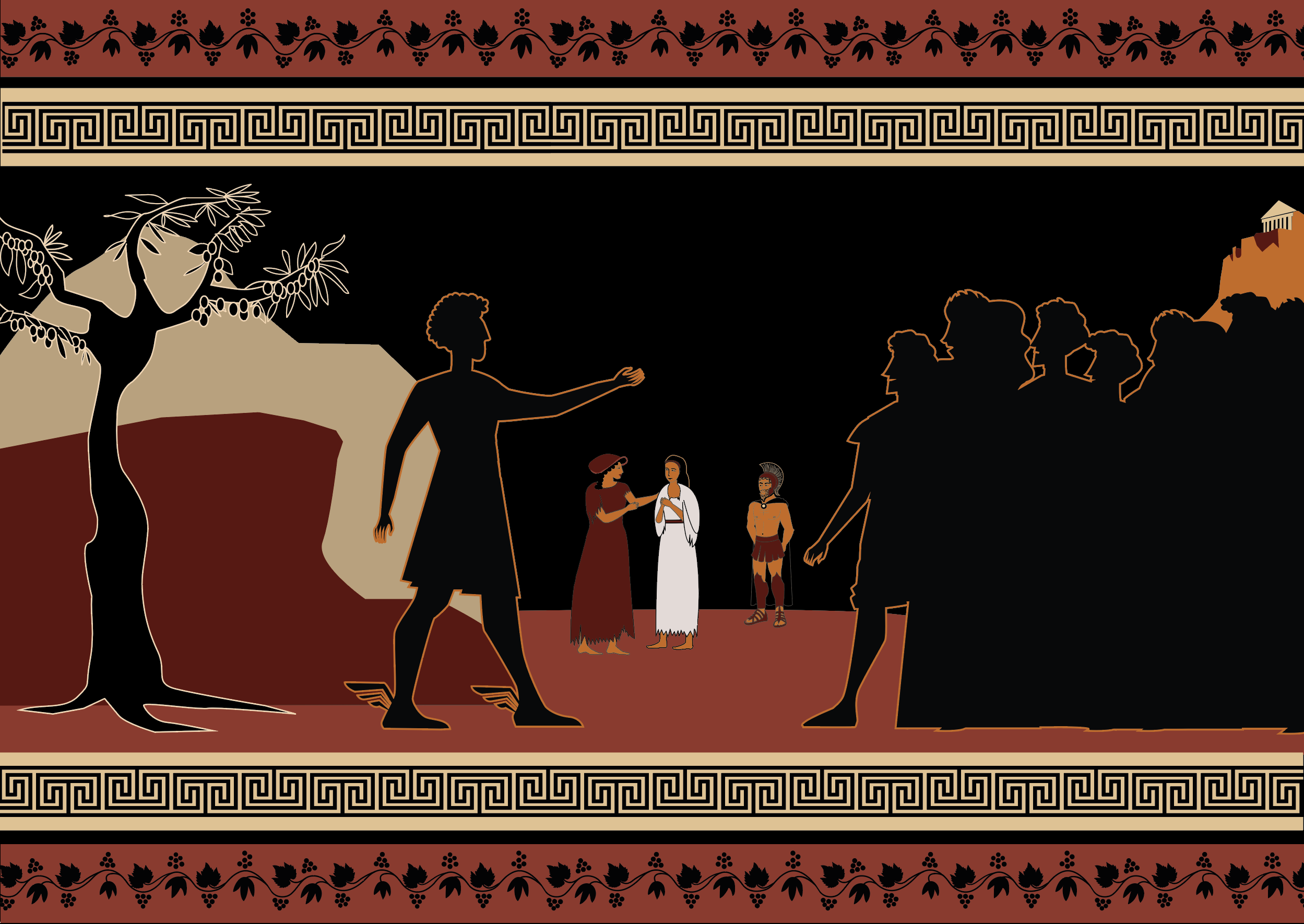
More about this production
Dr Iona Hine explains how this audio version came into being, and why it's worth tuning in to the Festival of the Mind discussion:
"Digitising the works of Heinz Cassirer (1903-1979), I was immediately struck by the presence of an unpublished script. Surely digitising a drama involves more than putting its text online? By coincidence, a local cast were preparing to perform Robert Fagles’ 1979 translation of the same Greek play, Sophocles’ Oedipus at Colonus.
"When lockdown postponed that production, the actors agreed to record Cassirer’s lines independently. Colleagues in Theatre Studies knit these recordings together, while Rachael McNiven (Seventy Seven Creations) created a visual companion. How does our Oedipus compare to other renderings? And what does it say to Sheffielders in 2020? Let’s see!"
Artist Rachael McNiven explains how she set about creating the companion images:
"As a creative designer, I typically begin a commission by quizzing the client, comparing materials, and thinking through expectations around look and feel. For Oedipus, I looked over classical representations of Greek drama, explored Cassirer’s life history using Iona’s research, and listened to a rough cut.
"Sophocles’ action plays out against one backdrop with no scene changes. The vase template represents this continuity, invoking classical motifs. Cassirer’s script had been chopped up to support remote recording. I found key details emerged as I listened to these segments. I hope the results guide the audience through the unfolding action, Yorkshire accents & all."
Watch the panel discussion
About Festival of the Mind 2020
With more than 100 collaborators from across Sheffield’s cultural sector, 25 specially curated podcasts, 17 films, plus exhibits and performances, Festival of the Mind showcased Sheffield's creative talent with the University’s world-leading research with engaging, interactive and inspiring events over 10 days.
The iconic Spiegeltent - normally a fixture in Barkers Pool for the event - was recreated digitally as the home and heart of the festival through its digital reincarnation. The festival brought live events back to the people of Sheffield, with interactive exhibitions of virtual realities open to the public at Futurecade in the Millennium Gallery, and a gallery of inspiring artwork on display at Sidney & Matilda.
Professor Vanessa Toulmin, Director of City and Culture for the University of Sheffield and founder of the festival, said: “This year more than ever we wanted to showcase the amazing talents of Sheffield’s creative sector and put the lights back on in the city. That’s why we moved quickly to join together with Sheffield’s cutting edge digital technology providers to bring Festival of the Mind online.
“The Spiegeltent may not physically be here but we will bring its magic to the online world and encourage audiences from around the world to make themselves at home in Sheffield. The Festival of the Mind show must go on!”
The biennial festival is now a regular feature of Sheffield city centre’s cultural activities, designed to bring pioneering research led by the University of Sheffield’s academics to life using the city’s community of freelancers despite the difficulties of COVID-19.
Recordings are available to watch online here: https://festivalofthemind.sheffield.ac.uk/2020/
